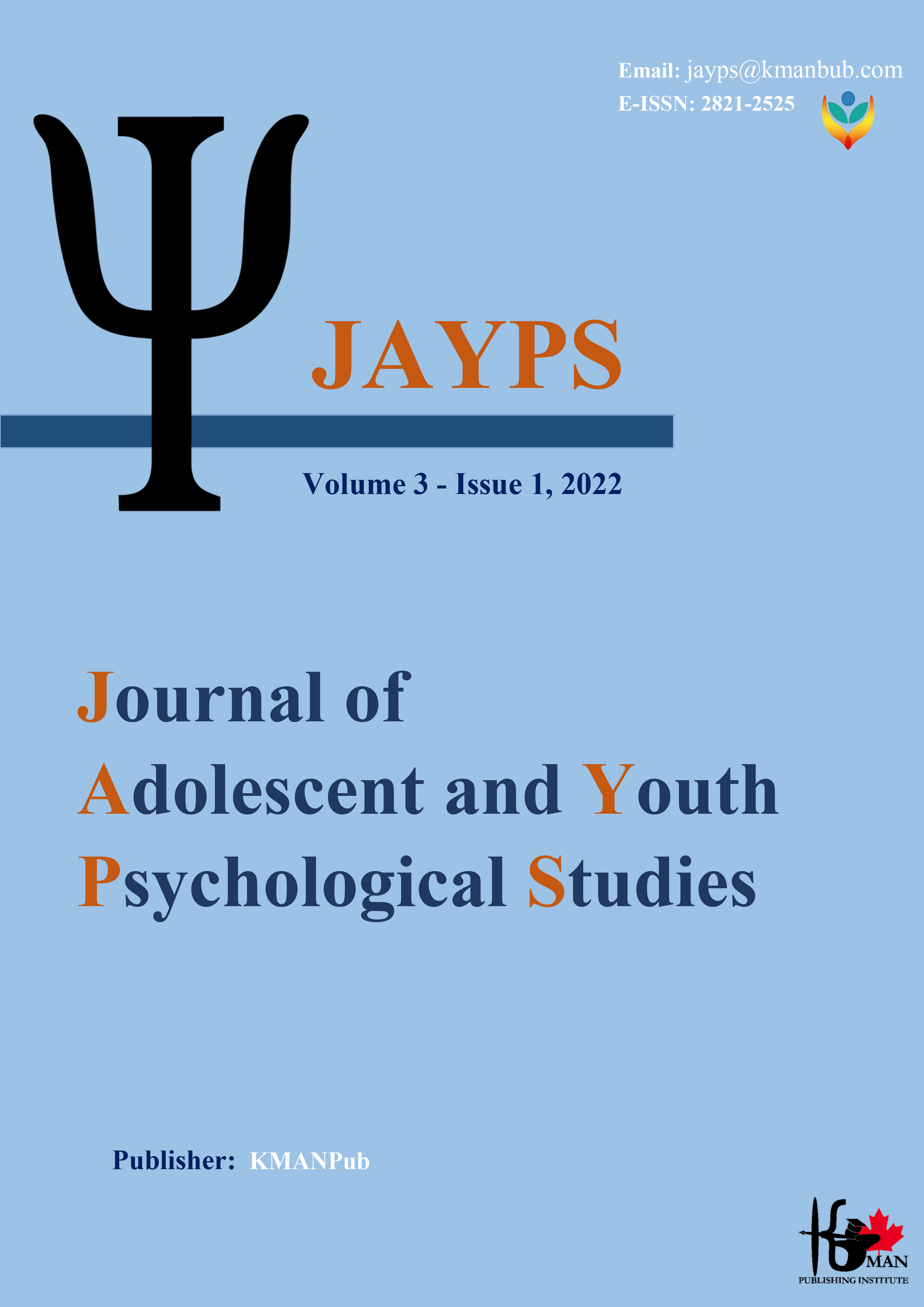Evaluating the mediating role of cognitive emotion regulation strategies in the relationship between body shame and body deformity disorder symptoms
Keywords:
Body shame, cognitive emotion regulation strategies, body deformityAbstract
Background and purpose: Body dysmorphia disorder is a psychiatric disorder that is characterized by an excessive concern about a slight defect or defect in physical appearance that leads to dysfunction in one or more areas of the body. This research was conducted with the aim of evaluating the mediating role of cognitive emotion regulation strategies in the relationship between body shame and body deformity disorder symptoms. Methods: The method of this research is structural equation modeling. The statistical population of this research includes women and girls referring to the beauty clinics of the 4th and 8th districts of Tehran, of which there are 232 people and the sampling method in this research is sampling. The main tool for collecting information in this research is to measure self-objectification, the body monitoring subscale, and to measure body shame, the body shame subscale is from the objectified body awareness scale of McKinley and Hyde (1996), the Cognitive Emotion Regulation Questionnaire by Garnefski, Kraaij, & Spinhoven (2001) and the body deformity questionnaire used by Stozin et al. (1998). In order to determine the presence or absence of influence between the variables and estimate and generalize the results obtained from the sample size to the statistical population, correlation model, Pearson correlation coefficient test, regression models (mediator model) and SPSS and AMOS statistical software have been used. Results: According to the findings of this research, body shame has a positive and significant relationship with symptoms of body deformity disorder (P<0.001). Body shame has a significant relationship with symptoms of body deformity disorder through the mediation of cognitive emotion regulation strategies (P<0.001). Conclusion: It can be concluded that cognitive emotion regulation strategies play a mediating role in the relationship between body shame and body deformity anxiety symptoms.
Downloads
Downloads
Published
Issue
Section
License

This work is licensed under a Creative Commons Attribution-NonCommercial 4.0 International License.









